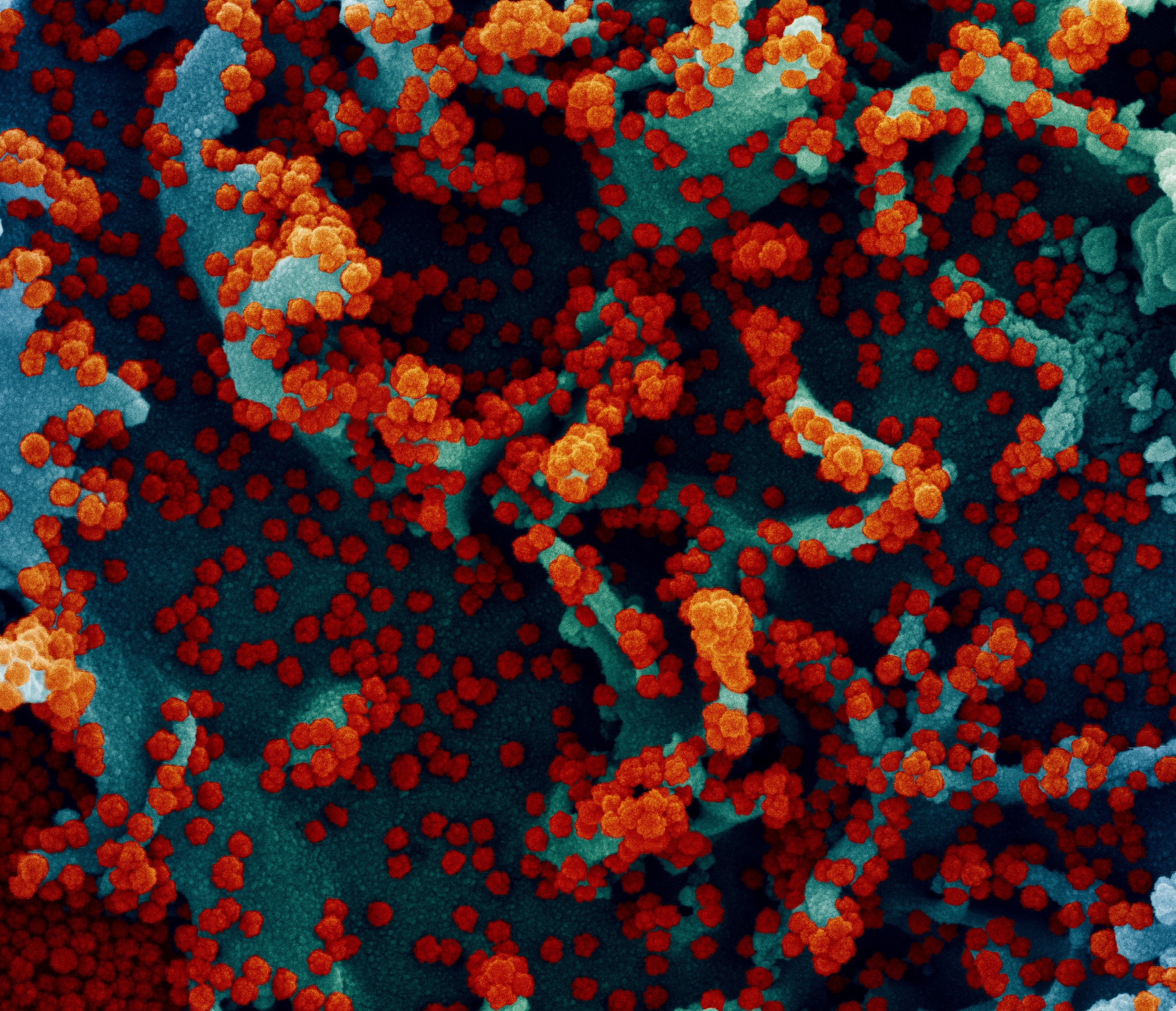You didn't debunk a thing. I honestly don't care enough but you and I both know there are a multitude of studies showing masks do nothing in stopping respiratory viruses in non clinical settings.Cool, do you want to address your point that was debunked?
Specifically
This association is strengthened because, in many cases, other mitigation strategies (eg, school and workplace closures, recommendations for social distancing, hand hygiene) had already been deployed before enactment of mask wearing policies, after which the reductions were observed. A study that examined changes in growth rates for infections in 15 states and the District of Columbia before and after mask mandates showed that rates were growing before the mandates were enacted and slowed significantly after, with greater benefit the longer the mandates had been in place.7
Fauci himself has admitted more than once than anything under a n95 does nothing to stop covid as the virus is too small for those masks to be effective.
We have the Denmark study.
But it is impressive that you talk about debunking when you used an article that literally debunked itself 12 days after publishing lol.







